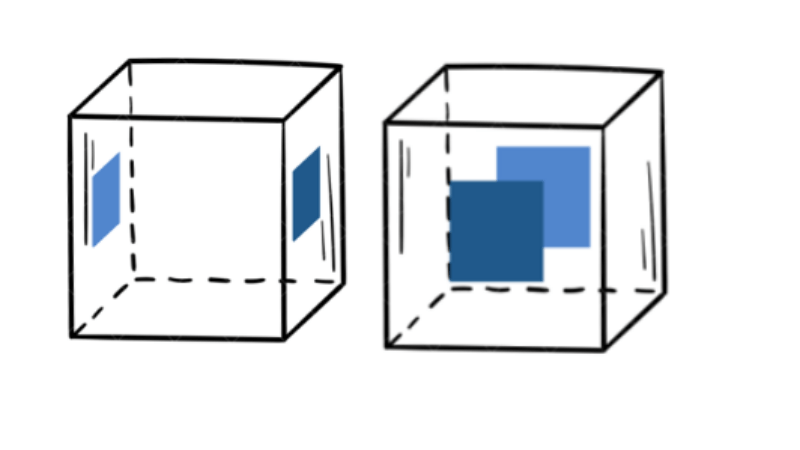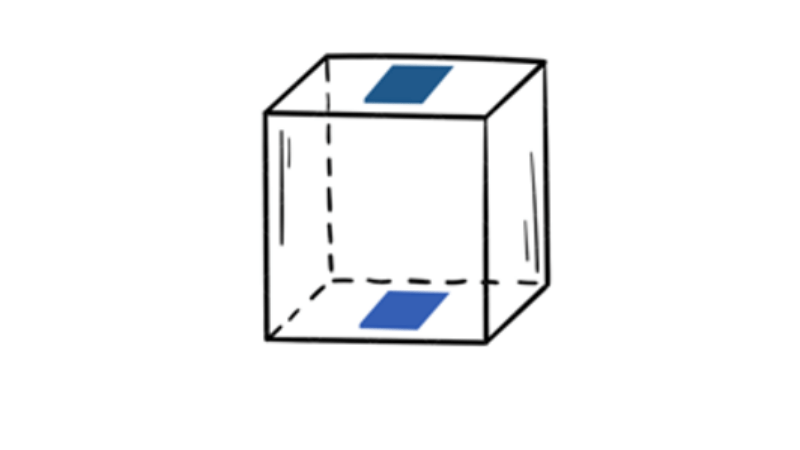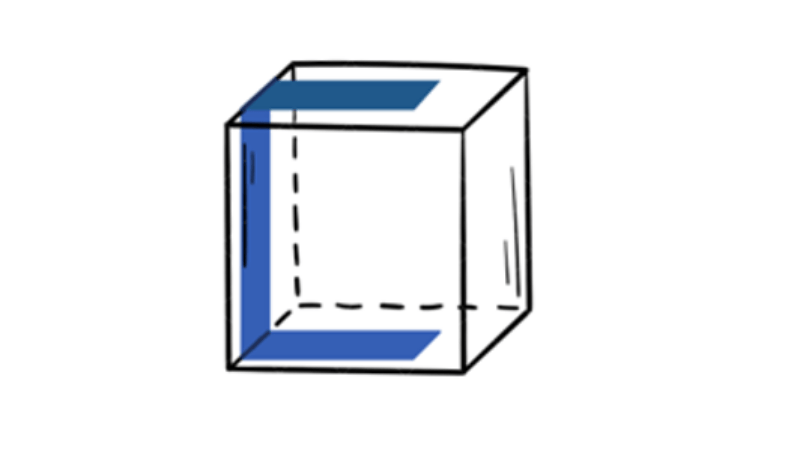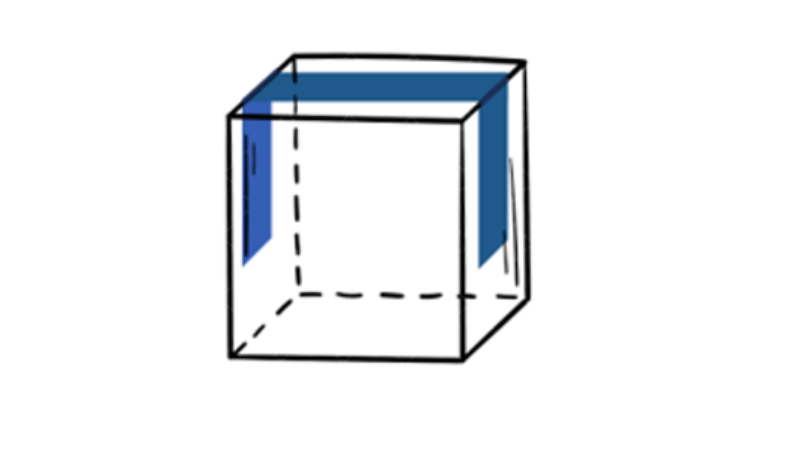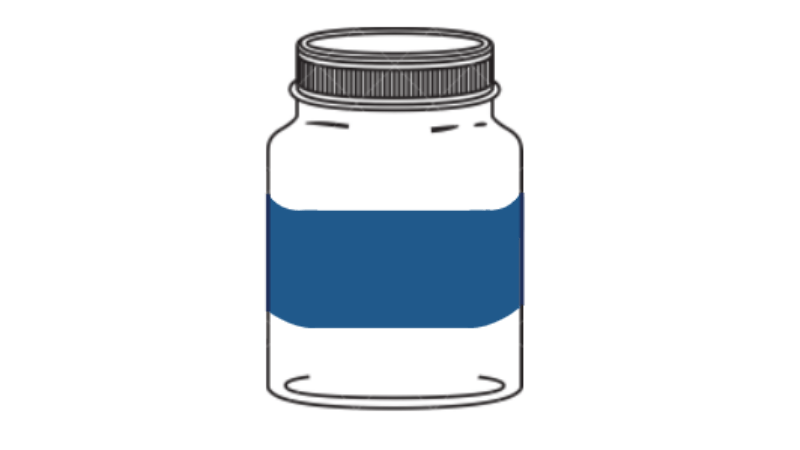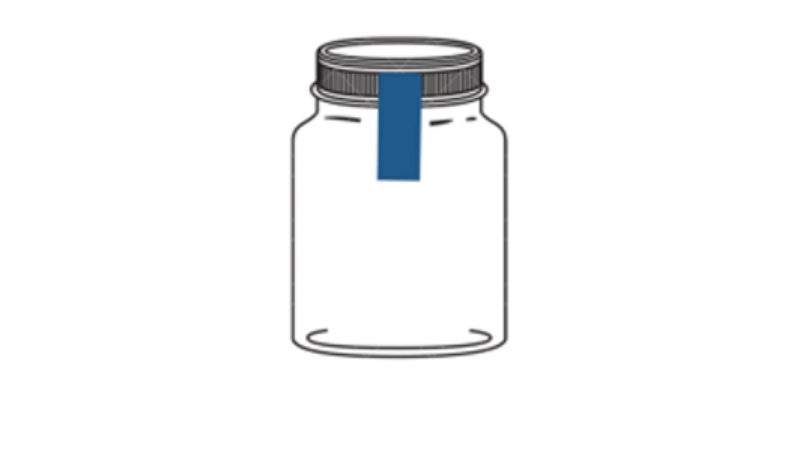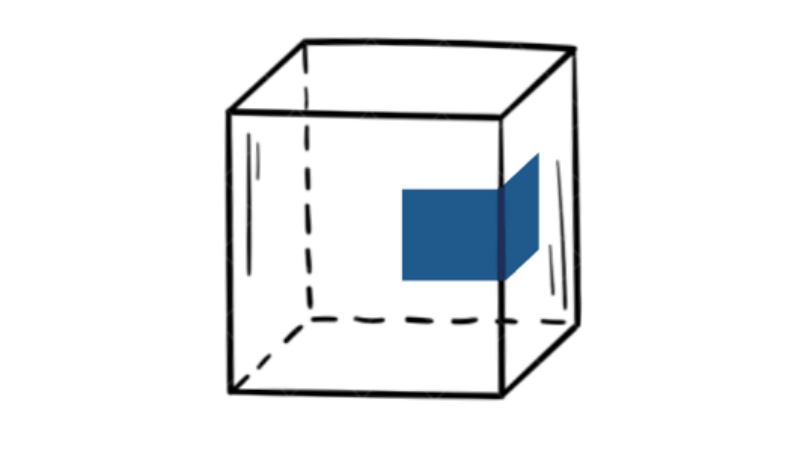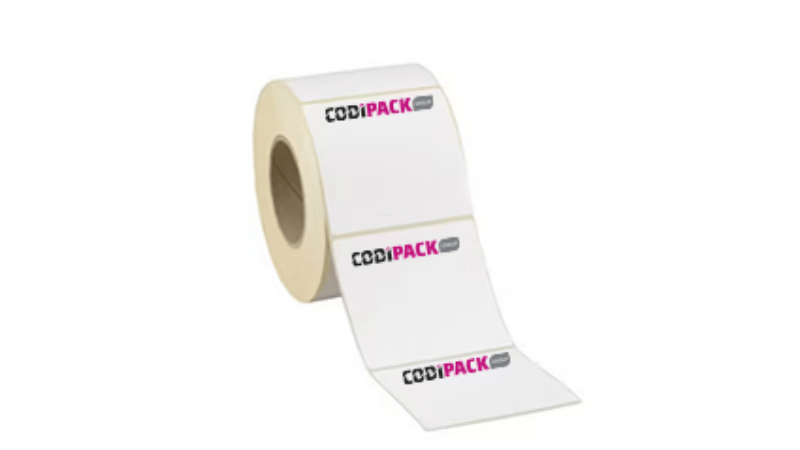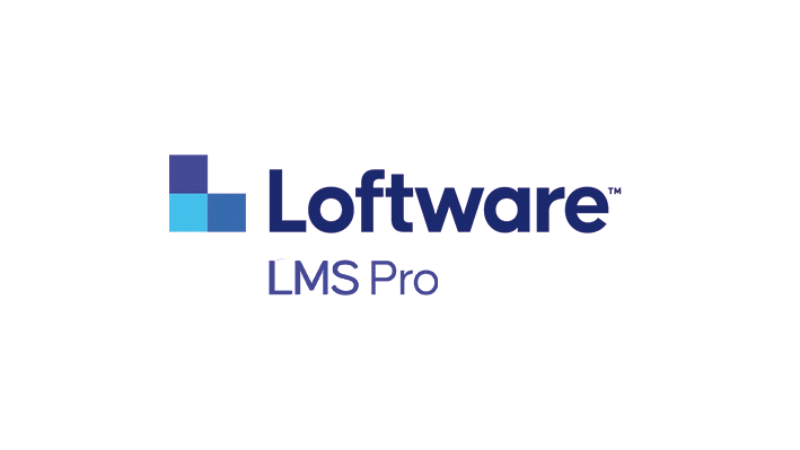The different label positions
Today, everything in the shop must be marked and coded. Many products use a label for this purpose. This can be located at almost any position on the product.
Side labelling, front & back labeling
Each side: left, right (Side labeling), front and back (Front & back labeling) can be labelled easily.
Side labelling and front & back labelling are labelling methods with the simplest label positions and are often used in the labelling of outer boxes.
Side labelling of a cardboard box at DHLTop & bottom labelling
Top & bottom labelling is one of the most widely used types of labelling.
Depending on the requirement, a label can be applied to the top, bottom or both sides.
It is often used to apply variable data such as best-before dates, ingredients or promotional labels to pre-packaged food products.
Top labelling on foodC-labelling
A C-label is named after the shape of the label after application. The label covers part of the top, bottom and a bit of the side. Thanks to a C-label you have more space for your product information, but the product itself remains visible.
C-labels are mostly used in the food industry. Examples are: a salad in the supermarket, cakes, pastries, ready-made menus, etc.
C-labelling of fish meals at Revi FoodU-labelling
The only difference between a U-label and a C-label is the side of the product that is labelled. A U-label actually consists of a reversed “u”, as the label is attached to both the top and both sides. A U-label is often found on jars.
U-labelling of food jarsWrap-around labelling
With a wrap-around label, the label is wrapped around the product. Wrap-around labelling is therefore a very important labelling process for the beverage and bottle packaging sectors, but can also be used for other round products such as buckets.
The length of the label depends on the amount of text the manufacturer wishes to provide the product with.
A wrap-around label can be wrapped around a product one or more times. This means that the back of the label can also be printed with information. By means of removable glue, the label can be opened and closed again. In this way, the consumer can also easily consult the hidden information, as is the case with certain medicine jars.
Seal labelling
It is extremely important that the consumer receives a safe product.
To prevent products from being tampered with, they are provided with a seal label. A seal label is stuck over the closed opening of a product, thereby sealing the packaging. The labels are designed in such a way that breaking the seal is irreparable.
This ensures that the consumer is the first to open the packaging.
A seal label is used for food products, cosmetics and in the pharmaceutical sector.
Seal labelling on round productsCorner wrap labelling
As the name suggests, cross-sectional labelling is applied across a corner. In this way, the information on the label can be read from different sides. This is very useful for transport.
Angled labelling is often combined with seal labelling. Because one label is stuck on two different sides, it is the ideal way to seal the adjacent border.
Corner wrap labelling of cardboard boxes